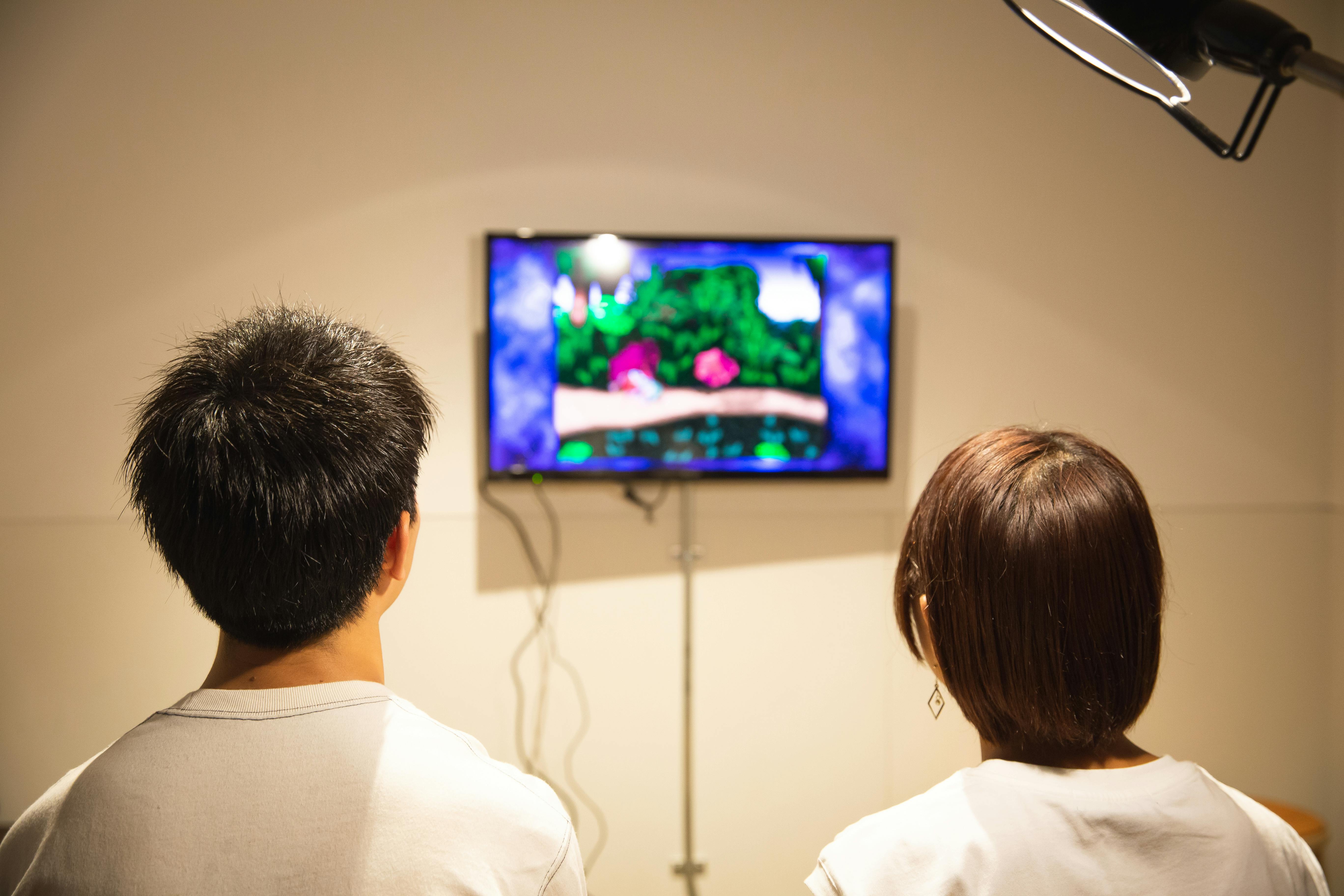The Unseen Heroes: Behind the Scenes of Game Localization
The world of gaming is an enthralling blend of visuals, narratives, and mechanics - a combination that transcends borders and cultures. Yet, how often do we consider the unsung efforts that make these games universally accessible? Our focus today is game localization - a crucial yet overlooked aspect of the gaming industry.

The Genesis of Game Localization
Game localization is not a recent phenomenon. It began in the 1980s when Japanese game developers started translating their games into English for western audiences. However, the process was initially riddled with inaccuracies and cultural misinterpretations. Over time, localization evolved to encompass not just translation, but also cultural adaptation to ensure that games resonated with players on a deeper level.
The Subtle Art of Game Localization
Game localization is a complex process that goes beyond mere translation. It’s about understanding the cultural nuances of each region and adapting the game accordingly. This could involve altering art assets, modifying game mechanics, or even rewriting parts of the narrative to ensure cultural compatibility.
For instance, in ‘Final Fantasy IV’, a Japanese role-playing game, the developers had to significantly tone down the difficulty level for its North American release to cater to the different player preferences.
Game Localization Today: A Key Industry Pillar
The gaming market has become increasingly globalized, making localization more important than ever. Today, major game releases are often localized in multiple languages simultaneously to reach a wider audience. This is evident in the success of games like ‘The Witcher 3: Wild Hunt’, which was localized into 15 languages and sold over 28 million copies worldwide.
The Cultural Impact and Reception of Game Localization
Localization not only increases the commercial success of a game but also contributes to its cultural impact. By making games more accessible to diverse audiences, localization fosters cross-cultural understanding and appreciation.
However, the process is not without challenges. Localization can sometimes lead to controversies if cultural sensitivities are not handled appropriately. An example is the backlash faced by ‘Fire Emblem Fates’ for its localization changes, which some players felt altered the original narrative excessively.
Looking Ahead: The Future of Game Localization
As gaming continues to grow as a global phenomenon, the demand for localization will only increase. With advancements in AI and machine learning, we can expect more efficient translation processes. However, the human touch will remain indispensable, as cultural understanding, creativity, and empathy cannot be replicated by machines.
In conclusion, game localization represents a fascinating intersection of language, culture, and gaming. By shedding light on this behind-the-scenes process, we can appreciate the untold efforts that make our gaming experiences truly universal.






